How to Perfectly Cook Frozen Pizza at Home

Discovering the best way to cook frozen pizza can transform your at-home culinary experience. With pizza being a universally loved dish, the convenience of having a frozen variety on hand is undeniable. Yet, how do you elevate a simple store-bought pizza into a gourmet meal right in your kitchen? This at-home pizza guide is your answer to mastering the art of cooking that perfectly crispy and delicious Dogtown Pizza every time.
Whether you’re feeding a crowd, looking for a quick dinner option, or indulging in a solo movie night, knowing how to bake frozen pizza to your taste is essential. You’re about to uncover tried-and-true tips that promise to deliver not only a crispy crust but also evenly melted cheese and mouth-watering flavors. It’s time to prepare your kitchen and your taste buds for the ultimate convenience cooking hack!
Selecting the Right Frozen Pizza
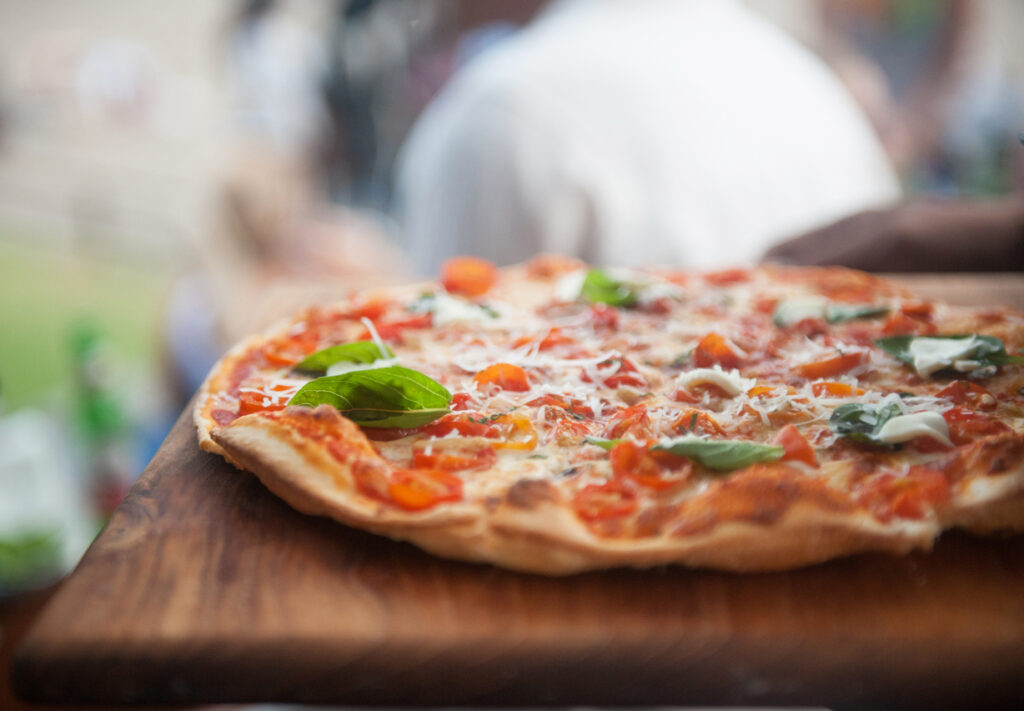
The journey to a perfect home-cooked pizza begins with the frozen pizza selection process. With numerous varieties lining the freezer aisles, it’s essential to make informed choices that cater to your taste preferences and cooking style. By understanding the different pizza types, assessing ingredient quality, and reading labels meticulously, you’ll enhance your chances of achieving that pizzeria-like experience in your own kitchen.
Understanding Ingredient Quality
High-quality ingredients are the backbone of any delicious pizza, frozen or fresh. Opt for pizzas that boast all-natural, organic toppings and rich, flavorful sauces. This not only affects the taste but also how the pizza responds to cooking.
Good ingredients can withstand the high heat needed for a crispy crust and fully melted cheese, crucial components of the best oven settings for pizza. So, scrutinize the box for mentions of ingredient sourcing and quality—it’ll pay off in every bite.
Buy from a Local Company
Buying frozen pizza from a local company in your region offers a multitude of benefits beyond just convenience. By choosing a local producer, you’re not only supporting your community’s economy but also investing in quality and freshness. Local companies often prioritize sourcing ingredients locally, ensuring that each pizza is made with the freshest and finest produce.
Gathering Essential Cooking Tools
To elevate your at-home culinary experience when cooking frozen pizza, a few key pieces of kitchen equipment for pizza are essential. Not only do they enhance the cooking process, but they can add to the authenticity of your homemade pizza night. Let’s delve into the must-have pizza accessories to transform that store-bought frozen pie into a pizzeria-quality feast.
- Knife for cutting additional ingredients
- Oven
- Pizza Stone (optional)
- Pizza Peel (optional)
- Cheese Grater
- Pizza Pan or Baking Sheet (if not using a stone)
While these tools form the foundation for cooking the perfect frozen pizza, consider the nuances of each item. For instance, a pizza stone requires a specific preheating period, and a pizza cutter must be sharp to avoid dragging cheese and toppings. Investing in these tools not only facilitates the cooking of frozen pizza, but also brings a touch of traditional pizza-making elegance right into your kitchen.
Preheating Your Oven: Best Oven Settings for Pizza
Embarking on the journey to the perfect frozen pizza begins with a critical step: preheating your oven. For pizza aficionados and casual cooks alike, understanding how to preheat oven for pizza is fundamental. But it doesn’t stop at the mere click of a button; it’s about arming yourself with the knowledge of which settings will bring you closer to pizzeria quality right from your home kitchen.
Understanding Oven Temperatures
When you preheat your oven, you’re setting the stage for the magic to happen. The best oven settings for pizza start with a hot environment that seals in the flavors and textures. Most frozen pizzas recommend temperatures between 375°F and 425°F, which helps achieve that desirable crisp crust. Remember, an oven thermometer can be a valuable ally in ensuring your oven’s temperature is on point.
The Importance of Preheating
Why stress on “preheat oven for pizza” so emphatically? A well-preheated oven means consistent heat surrounds your pizza from the moment it glides in. This proper heat foundation prevents undercooked dough or unevenly melted cheese, both of which are common missteps in the journey to create the ideal slice. Preheating is not just a recommendation; it’s a cornerstone for pizza excellence.
Conventional vs. Convection Ovens
When delving into the realm of convection oven settings, it’s crucial to recognize that these modern marvels of cooking technology operate differently than conventional ovens. Convection ovens employ a fan to circulate hot air, reducing cook times and promoting an evenly baked pizza. You may need to adjust temperatures down by 25°F to prevent overcooking. Experimentation is key—as is keeping an eagle eye on your pizza—the first few times you use convection settings to attain the ultimate pie.
- For conventional ovens, start with the middle rack and monitor your pizza closely to nail that golden-brown finish.
- If using a convection oven, consider lowering the recommended pizza temperature and reducing cook time for a uniformly crisp masterpiece.
Take these insights on best oven settings for pizza to heart, and preheat your oven with confidence. With every pizza you bake, you’ll refine the art of using your specific oven, be it conventional or convection. Happy baking!
Prepping the Pizza – From Freezer to Oven
Embarking on the journey to prepare frozen pizza can be a walk in the park when the steps are clear and straightforward. Before you begin, know that what lies between you and a delectable pie is a series of careful preparations. Rest assured, with these instructions, you’re set to master how to bake frozen pizza to perfection.
- Remove the frozen pizza from the freezer: Your first step is to extract the pizza from its arctic confines. Do this right before you plan to bake it; premature removal could lead to unwarranted thawing.
- Preheat the oven: While the pizza is still basking in its frozen glory, crank up the oven. This is where cooking frozen pizza begins – with the warmth ready to embrace its doughy base.
- Discard any plastic wrap or cardboard: Poise your pizza for the heat by relieving it of any packaging. This is a critical measure as it ensures an even cook and keeps unwanted materials out of the oven.
- Review the manufacturer’s instructions: Every pizza is unique – a culinary snowflake. Scan the box for any specific directions that will optimize your baking experience and enhance the pizza’s flavor profile.
- Place pizza directly on the center oven rack or a preheated pizza stone: This ensures an even cook and a crispier crust. If you’re a first-time baker, fret not; a baking sheet can be your training wheels.
The Best Way to Cook Frozen Pizza
Embarking on the quest to find the best way to cook frozen pizza can lead you through a maze of pizza cooking methods. Yet the goal is always the same: achieving that perfect slice with a delectably crispy crust and mouth-watering cheese melt. Whether you’re a fan of thin, classic, or deep-dish crusts, the optimal pizza temperature can make or break your at-home pizzeria experience.
Placing Pizza on the Oven Rack vs. Baking Sheet
Understanding the surface upon which you cook your pizza is a cornerstone of pizza perfection. Directly placing your frozen pizza on the middle oven rack allows hot air to circulate around the crust, providing an evenly baked bottom while ensuring the top of your pizza is golden brown.
On the flip side, using a baking sheet can offer a less crisp crust but may be opted for if you’re concerned about toppings slipping through the rack or for ease of handling.
Monitoring Cooking Time for Perfection
While instructions on the box provide a general guideline, keeping a keen eye on your pizza can prevent a culinary catastrophe. The cheese should have a slight golden tinge, and the crust should echo a hollow sound when tapped. Whether it’s your first or fiftieth frozen pizza, staying vigilant can be crucial, as oven temperatures can vary.
Adjusting Temperatures for Different Crust Types
Determining the optimal pizza temperature can vary depending on crust thickness. Cracker-thin crusts like ours require a hotter oven — 425°F for our pizzas — to achieve that crispy bottom.
Regular crusts find a happy medium around 400°F, while deep-dish pizzas often need a lower temperature, around 375°F, due to their denser nature, rewarding you with an evenly cooked crust.
Using a Pizza Stone for the Ultimate Crust
For pizza aficionados seeking that pizzeria-quality crust, employing a pizza stone in your kitchen might just be the game-changer you need. Understanding the best way to cook frozen pizza on a stone can dramatically improve the crispiness of your crust. Let’s explore the effective pizza stone tips that will help you serve up a slice of perfection.
Prepping Your Pizza Stone
To start off, it’s vital to preheat your pizza stone. Place it in the oven and preheat to the recommended temperature—this will usually be between 450°F to 500°F. It’s one of the classic pizza stone tips: giving your stone ample time to heat up ensures a uniformly cooked crust from edge to center. By the time your oven beeps, your stone will be the perfect platform for how to bake frozen pizza with that delightful crunch.
How to Transfer Pizza Onto a Hot Stone
Now, handle with care. To transfer your pizza without a hitch, use a pizza peel or a comparable flat tool dusted with cornmeal to slide the frozen pizza onto the stone smoothly. This is a crucial step in mastering how to bake frozen pizza, as it prevents sticking and allows the stone to work its magic on the dough directly.
Caring for Your Pizza Stone
Maintaining your pizza stone properly is just as important as knowing the best way to cook frozen pizza. After use, let the stone cool down completely before rinsing it off with water and a stiff brush. Avoid using soap, as it can seep into the porous stone, affecting the flavor of your next pizza. Always air dry your stone before storing it to prevent any moisture buildup, which can cause cracks during the next heating.
Following these simple guidelines will ensure your pizza stone remains a dependable ally in your quest for the ultimate homemade pizza experience.
Utilizing Pizza Pans and Baking Sheets
When you’re gearing up to enjoy a night of pizza indulgence, having the right equipment can elevate your at-home culinary experience. It can mean the difference between a soggy or crispy crust when you learn how to bake frozen pizza. In the following sections, we’ll delve into the types of pizza pans for baking and baking sheets that can influence your pizza’s outcome, as well as share invaluable tips on using non-stick options for a hassle-free cooking and cleanup process.
Types of Pans and Their Effects on Crust
Choosing the right surface to place your pizza on can majorly impact the texture and evenness of your crust. Non-stick sheets for pizza are a popular choice for their convenience and ease of use. Here’s what you need to know:
- Traditional Pizza Pans: Standard metal pizza pans deliver heat quickly, contributing to a well-cooked base if preheated.
- Perforated Pans: These are fantastic for a crisper bottom due to air circulation, perfect for those who prefer a crunchier crust.
- Deep-Dish Pans: Designed for a thicker crust, these pans often require a longer cooking time to ensure a fully baked middle without burning the top.
- Stone Surface Pans: Mimic the effect of a pizza stone, absorbing moisture and providing an evenly baked surface.
Tips for Non-Stick Cooking and Cleanup
To ensure that your pizza easily slides off the pan and leaves little residue, non-stick variants have become indispensable in the pizza-making process. Here’s how to optimize their usage:
- Always check if the non-stick surface is oven-safe and capable of handling the high temperatures required for baking pizza.
- Although non-stick, a light brushing of olive oil can enhance flavor and ensure your pizza lifts off without any sticking.
- Avoid using metal utensils that can scratch and damage the non-stick coating. Opt for wooden or silicone tools instead.
- Let the pan cool before washing to preserve the non-stick surface, and clean gently with mild soap and a soft sponge.
Employing pizza pans for baking that suit your crust preference and caring for your non-stick surfaces can lead you to consistently delicious results, making every frozen pizza you bake taste its absolute best.
Adding Your Own Toppings to Frozen Pizza
Embarking on the journey of customizing frozen pizza opens up a world of flavors and allows you to enhance frozen pizza flavor to gourmet levels. With careful selection and timing, you can transform a basic frozen pie into a unique culinary creation.
Choosing Complementary Toppings
Your selection of fresh toppings on pizza should not only reflect your personal tastes but also bring out the best in your frozen pizza. Consider the base flavors of the pizza, whether it be robust tomato, creamy alfredo, or something more exotic like BBQ sauce.
Aiming for balance, you can complement a tangy tomato base with sweet bell peppers, or balance the richness of cheese with the sharpness of olives or capers. Aim for a mix of textures too; crispy red onions or soft artichokes add intricate layers to every bite.
When to Add Fresh Toppings During Baking
The secret to preventing sogginess and achieving perfectly cooked toppings is all in the timing. For hearty vegetables that require more cooking, like broccoli or thick mushroom slices, add them at the beginning of the baking process. For delicate items such as spinach or thinly sliced tomatoes that could overcook, scatter them over the pizza halfway through baking.
Cheese, an ever-popular addition, can be added early to melt and meld with the existing flavors, or sprinkled on closer to the end of baking for a burst of freshness and texture. Timing is crucial in customizing frozen pizza to ensure that both the crust and toppings reach their peak of deliciousness together.
Time to Get Cooking
Your journey does not end here. Continue to explore and master frozen pizza baking by experimenting with differenttoppings, and tools. The more you refine your process, the closer you’ll get to your perfect frozen pizza. Practice makes perfect (frozen) pizza!
Don’t settle for ordinary frozen pizza. Elevate your dining experience with Dogtown Pizza’s premium quality. Explore our range on our website and discover your next pizza obsession today! If you are short on time, Dogtown Pizzas are a great option to wow right away.

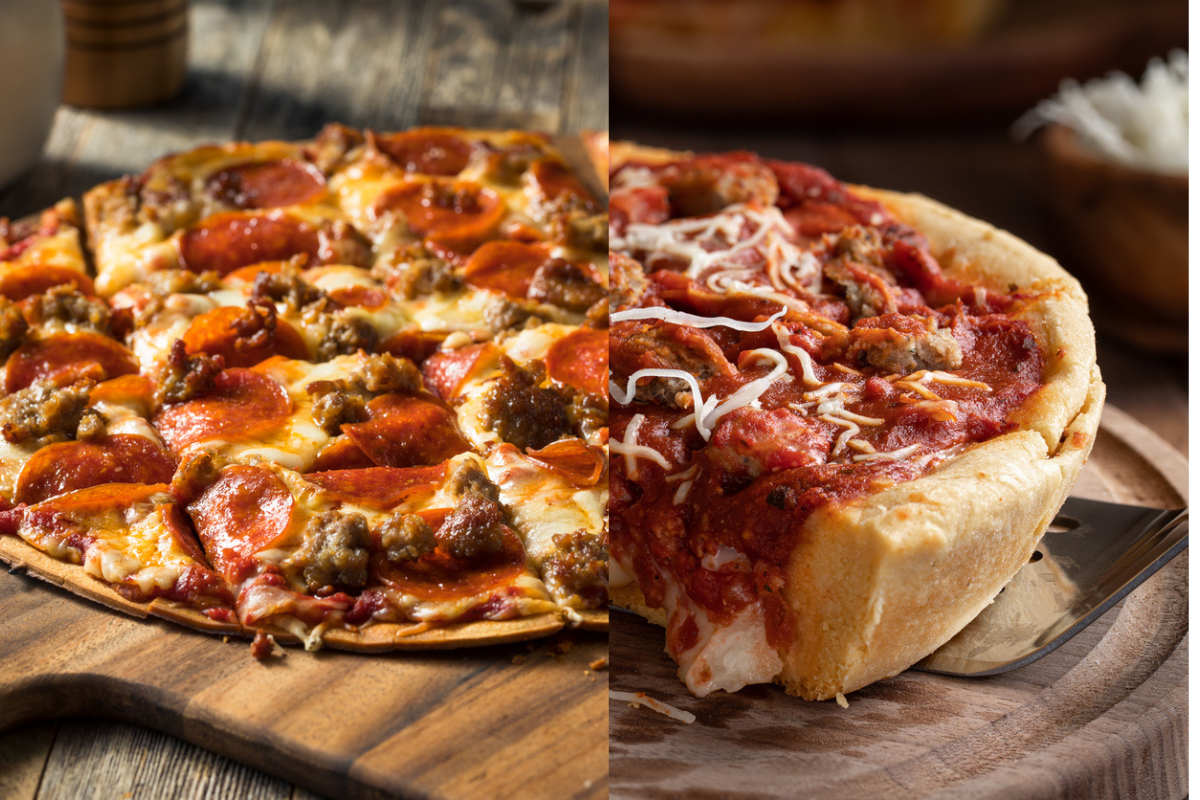
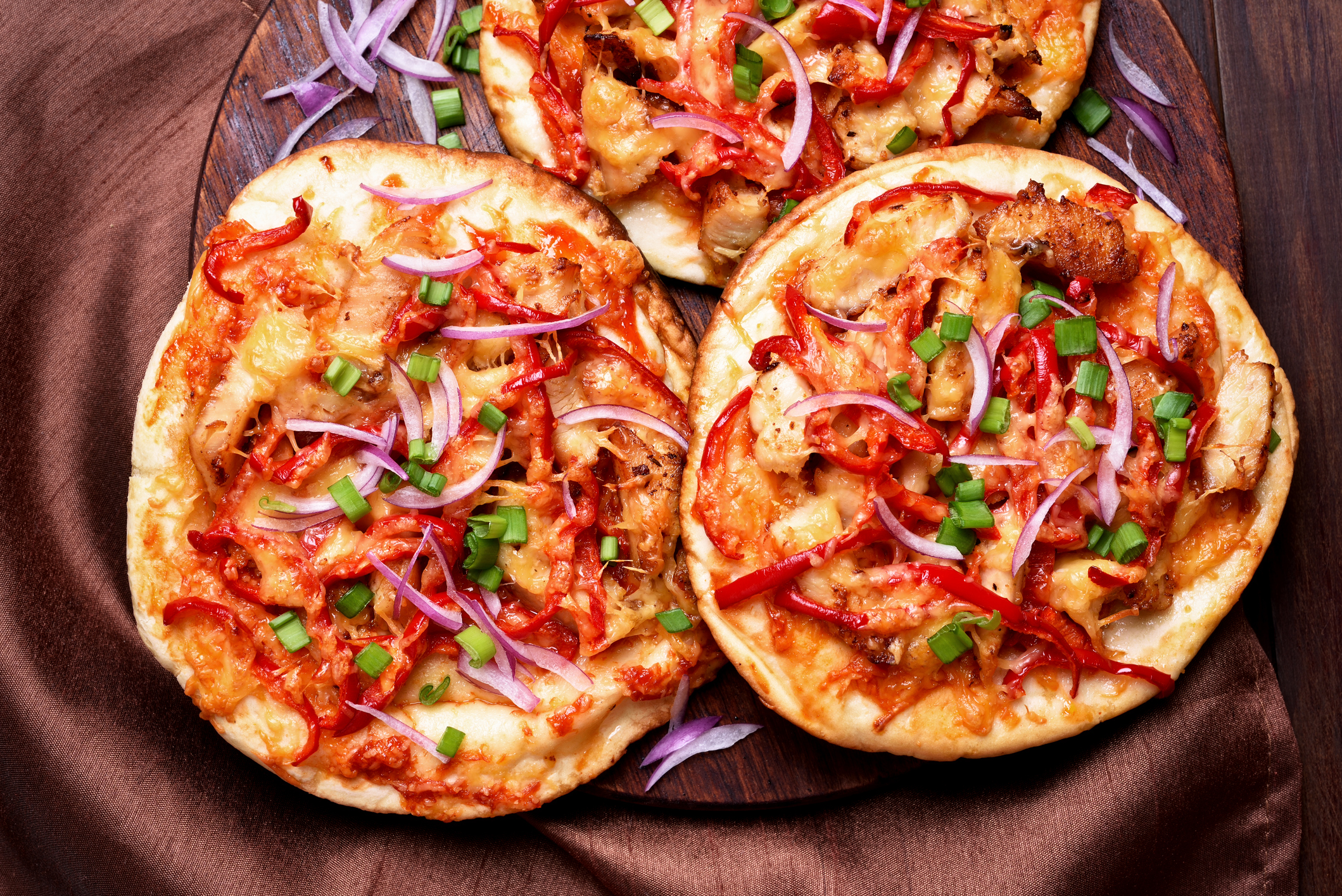
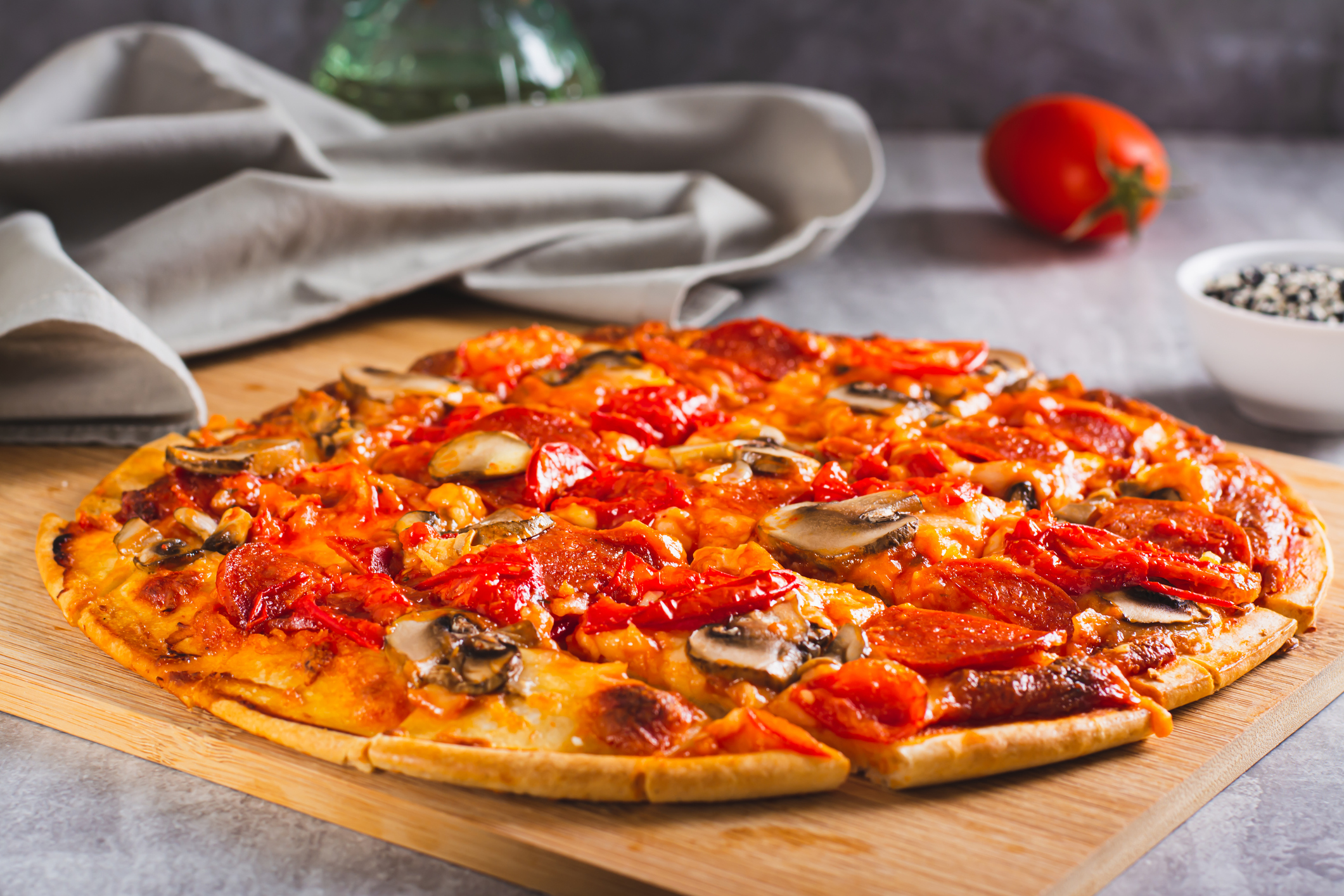
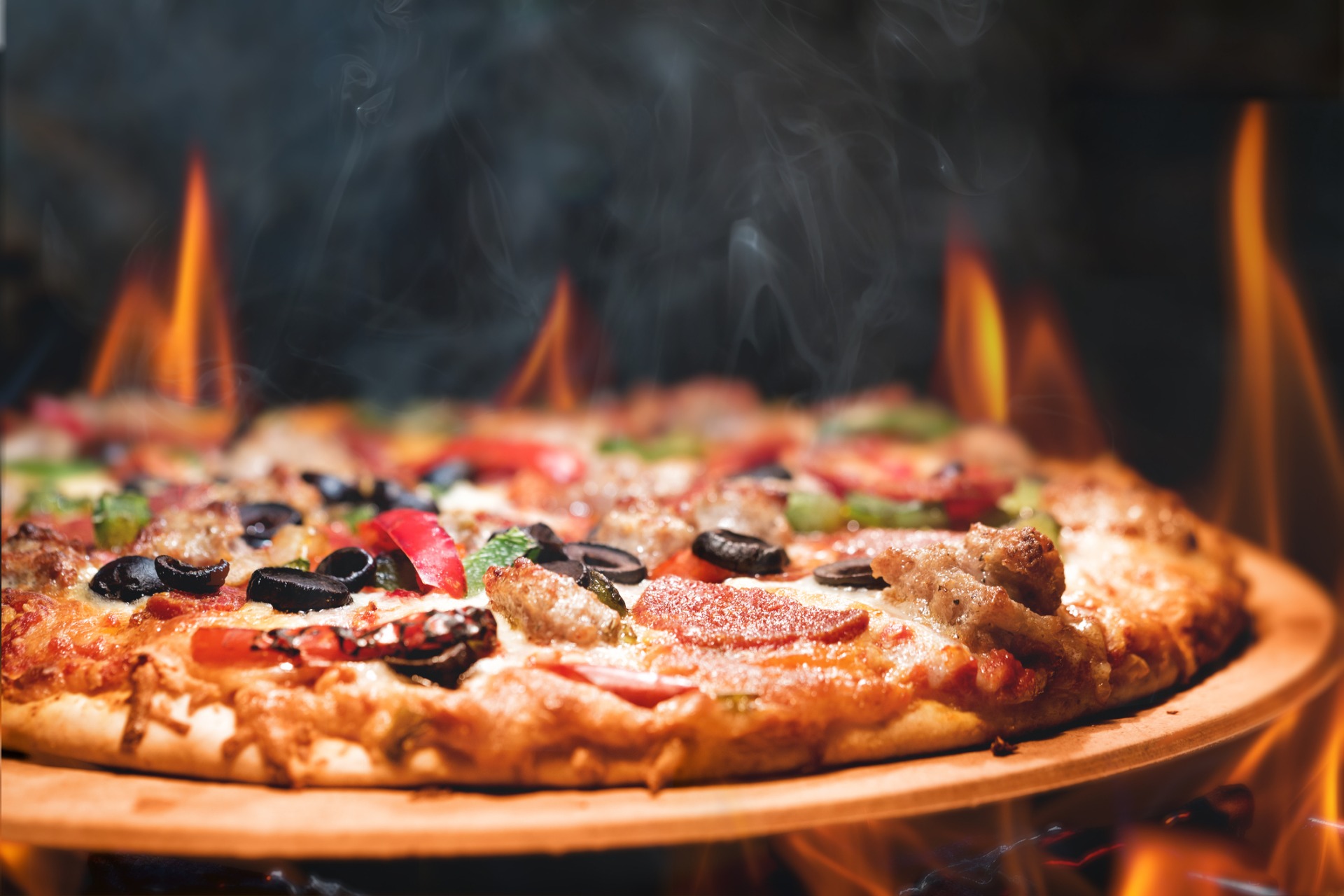
This Post Has 0 Comments